NATURAL HABITATS
MOMENTUM Collection Carte Blanche
for
‘ikonoTV’s special programming Art Speaks Out 2016’
1 – 30 November 2016
Every Tuesday and Friday – Three Times per Day:
9pm Berlin / NY / Shanghai Time
[Berlin Time: 9pm, 3am, 3pm]
Stefano Cagol // Thomas Eller // James P. Graham // Janet Laurence // Kate McMillan
Selected Works from the MOMENTUM Collection
Curated by Rachel Rits-Volloch
Watch the trailer:
Program:
Janet Laurence, The Other Side of Nature (Panda)
Kate McMillan, Paradise Falls I
Janet Laurence, Dingo
Kate McMillan, Paradise Falls II
Janet Laurence, Deep Breathing: Resuscitation for the Reef
Thomas Eller, THE White Male Complex, #5 (Lost)
Janet Laurence, Grace
Stefano Cagol, Evoke Provoke (the border)
James P. Graham, Chronos
Discussion about sustainability of the environment is intrinsically linked to the sustainability of basic human rights. Seeking to preserve the natural habitats of the animals and plants of the forests and oceans, also maintains our human natural habitat, prolonging access to clean air, clean water, the ability to grow food, and the hope to live peacefully.
The accelerating phenomenon of urbanization is fuelled by the multiple causes of migration: refugees fleeing war zones, economic migrants fleeing poverty, those escaping famines brought on by desertification and changing climates. As these migrants all gather together in megacities, the question of how to live in an urban context itself becomes an environmental issue. With our natural habitat shifting inexorably from the rural to the urban, we need to nurture the knowledge of how to live with nature in order to ensure that our natural surroundings do not become only memories for future generations.
Natural Habitats brings together 5 artists from the MOMENTUM Collection from countries as diverse as Australia, Italy, England, and Germany, all of whom have visited sites of environmental change and human disaster to create subtle works reflecting upon our changing planet. Janet Laurence’s films capture the tragic beauty of animals on the verge of extinction and the disappearing habitats of the Great Barrier Reef. Kate McMillan’s works revisit the sites of historical traumas, now forgotten, dwarfed by natural beauty. Thomas Eller’s perpetually drowning White Male is doing so in the very waters of Lampedusa where so many migrants lost their lives. Stefano Cagol confronts the ice caps of the Arctic Circle with the destructiveness of man. While James P. Graham presents a microcosm of mankind’s natural habitat.
Artists and Works:
STEFANO CAGOL
Stefano Cagol is an Italian-born artist. He participated in 55th Venice Biennale (Maldives National Pavilion), 2nd Xinjiang Biennale, 1st Singapore Biennale and presented his works and actions at Kunstmuseum Bochum, ZKM Karlsruhe, Folkwang Museum, Maxxi in Rome, Museion in Bozen, Laznia in Gdansk, Westergasfabriek in Amsterdam, Kunstraum Innsbruck, MARTa Herford, among others. He is the recipient of the Terna 02 Prize for Contemporary Art, Rome, and of the VISIT #10 of the RWE Foundation, Essen. The RWE Foundation VISIT program supported Cagol’s Artist Residency at MOMENTUM and his year-long project culminated in an exhibition in berlin. In 2015 Cagol undertook an Artist Residency at MOMENTUM, in parallel with his solo show inaugurating the new venue CLB Collaboratorium Berlin. For his first solo show in Berlin he presented “The Body of Energy (of the mind)”, a year-long project the artist has developed as an expedition spanning Europe’s northern-most to southernmost tips, on search for signs of energy, both physical and cultural energy, triggering a reflection on what is not visible, on resources, on relations. Stefano Cagol states “Symbols, metaphors, current topics, immediateness, stimulating, communicating, openness, multiple points of view. These are the key words to my relationship with the public. It couldn’t be any other way. The artwork is an opportunity to better understand our own time and future. It’s a sort of mission. In my account art is never closed in itself.”
READ MORE ABOUT STEFANO CAGOL’S ARTIST RESIDENCY AT MOMENTUM HERE >>
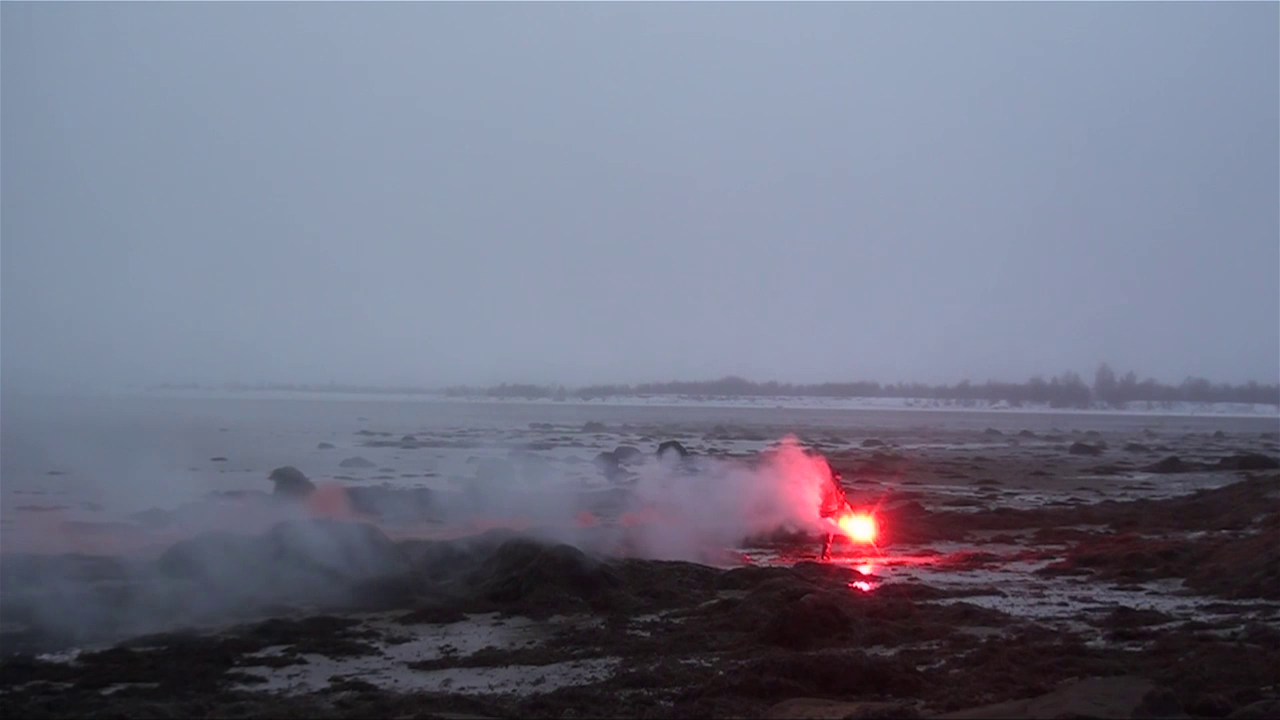
Evoke Provoke (the border) (2011)
The love and hate that Cagol feels towards boundaries, both physical and mental, is at the root of this work created at Kirkenes, in the Arctic Circle, during one of the periods he spent abroad as an artist in residence. The artist staged a series of emblematic actions that he filmed with a video camera. In total solitude, immersed in a fascinating but hostile nature, in conditions bordering on the extreme, like the place where the actions were carried out. For Cagol in this case the border is precisely the one between himself, his body and his mind, and the nature that surrounds him. The setting seems to be cloaked in twilight, barely dispelling the darkness, and the temperature is 25 degrees below zero. In those frozen lands, he tries to communicate in one way or another, using different forms of signalling. He endeavours to modify the landscape, to light it up, to melt the snow with a flame, but every attempt at interaction is in vain. The video was shown at the solo exhibition Concilio in the church of San Gallo, as a collateral event at the 54th Venice Biennale.
[Excerpted from Stefano Cagol Works 1995 | 2015]
THOMAS ELLER
Thomas Eller (b. 1964, Coburg) started his studies in Fine Arts at the Hochschule der Künste of Berlin. After his forced dismission, he went on to graduate in Sciences of Religion, Philosophy and Art History from the Freie Universität, Berlin. He has worked as research assistant at the Science Center for Sociology in Berlin (WZB), is the founder of online art magazine artnet.de, where he served as editior-in-chief and was appointed managing director for the German branch of artnet AG, as well as executive director and artistic director of Temporäre Kunsthalle in Berlin. Eller is a member of various institutions, including the Association Internationale des Critiques d’Art (AICA) and the Steering Committee for Creative Industries at the Chamber of Commerce in Berlin (IHK). In his photos-sculptures, Eller manifests a desire to review our relationship with perception, through a confrontation between the viewer, the process of reception and the image, by deliberately destabilizing the picture. He has received various prizes, including the Karl-Schmidt-Rottluff Prize (1996), the Villa-Romana Prize (2000), the Art Omi International Art Center (2002) and the Käthe-Kollwitz-Prize from the Akademie der Künste Berlin (2006). Recent exhibitions include his solo ‘The ego Show – A Group Exhibition’ at Autocenter, Berlin (2010) and group exhibitions ‘The Name, The Nose’ at MuseoLaboratorio Ex Manifatture, Tabacchi (2013). Eller is the co-curator of PANDAMONIUM’s partner-exhibition ‘The 8 of Paths: Art in Beijing‘, opening at the Uferhallen in Berlin.
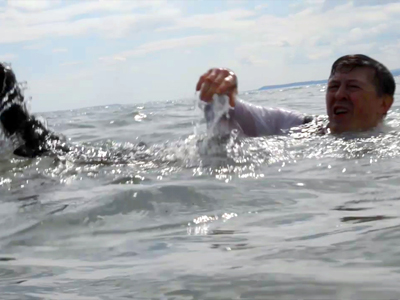
THE White Male Complex, #5 (Lost) (2014)
Shot on Lampedusa in 2014, on the beach infamous for its migrant traffic, Eller lives the plight of so many who wash up on that shore. Eternally looping at the cusp of life and death, this work leaves the viewer feeling oddly complicit in one man’s surreal struggle.Yet while one white man submerged in a suit is surreal, thousands of African migrants are our reality. Like Isaac Julien’s 2010 work Ten Thousand Waves, on the deaths of Chinese migrant cockle pickers on the shores of the UK, Eller in his own language tackles the watery deaths of migrant workers as a sadly universal suffering, devoid of markers of place or time.
JAMES P. GRAHAM
James P. Graham has been working full-time as an artist for 10 years, most notably in film, photography, drawing and sculpture. He is autodidactic, having left Eton College at 18. He began his career in photography while working in Paris, and transitioned to TV and cinema when he left for London in 1994. Within this period he completed international commissions in editorial and advertising photography as well as television commercials. His decision to pursue a career as a fine artist followed a two-year sabbatical, during which he refused all commercial work in order to concentrate on creating his first purposeful artworks in 2002-3. These were screen-based, experimental film works using Super 8 film and framed within a landscape of “metaphysical and ontological significance.” Having trained traditionally in photography and filmmaking, Graham particularly enjoys the interface between analogue processes and high-end technology. By mainly using landscape and nature, his work often references the now disused term scientia sacra, permeating chosen locations and objects with a metaphysical and ontological significance. As well as interpreting and re-creating notions of “sacred space,” his work is infused with ideas that derive from intuitive and ritualistic sources. The results can be enticingly intangible, and in some cases, totally immersive. Graham cites two fundamental factors in his work: first, intuition, or the catalyst behind the creation of every artwork, and second, resonance, or the result of the work as expressed through the viewer.
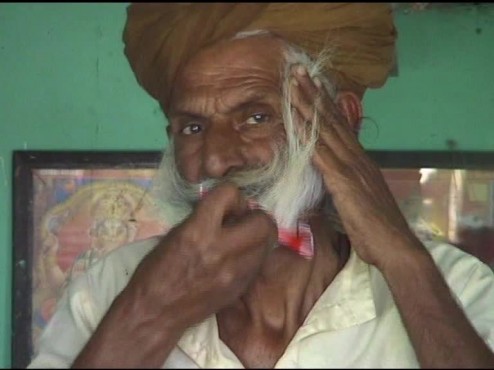
Chronos (1999)
Chronos is the second part of Graham’s cycle of life series, made between 1999 and 2001. It uses humor within everyday life to contrast the “use of” and “loss of” time. It was shot on location in Rajastan India between February and March 1999. Originally funded by Channel 4 Television UK in 1999, Chronos was selected by and later donated through co-curator James Putnam for screening in the MOMENTUM Sydney exhibition (2010).
JANET LAURENCE
Australian artist Janet Laurence‘s work explores a poetics of space and materiality through the creation of works that deal with our experiential and cultural relationship with the natural world. Her work echoes architecture while retaining organic qualities and a sense of instability and transience. It occupies the liminal zones and meeting places of art, science, imagination and memory. Laurence’s practice includes both ephemeral and permanent works as well as installations that extend from the museum/gallery into both urban and landscape domain. Her work, centered on living nature, bleeds between the architectural and the natural world, physically and metaphorically dissolving these boundaries. Her spaces are immersive and reflective, creating a play between perception and memory. Alchemical transformation, history and perception are underlying themes. Laurence’s work is represented in major Australian and international collections and has been included in many national survey exhibitions.
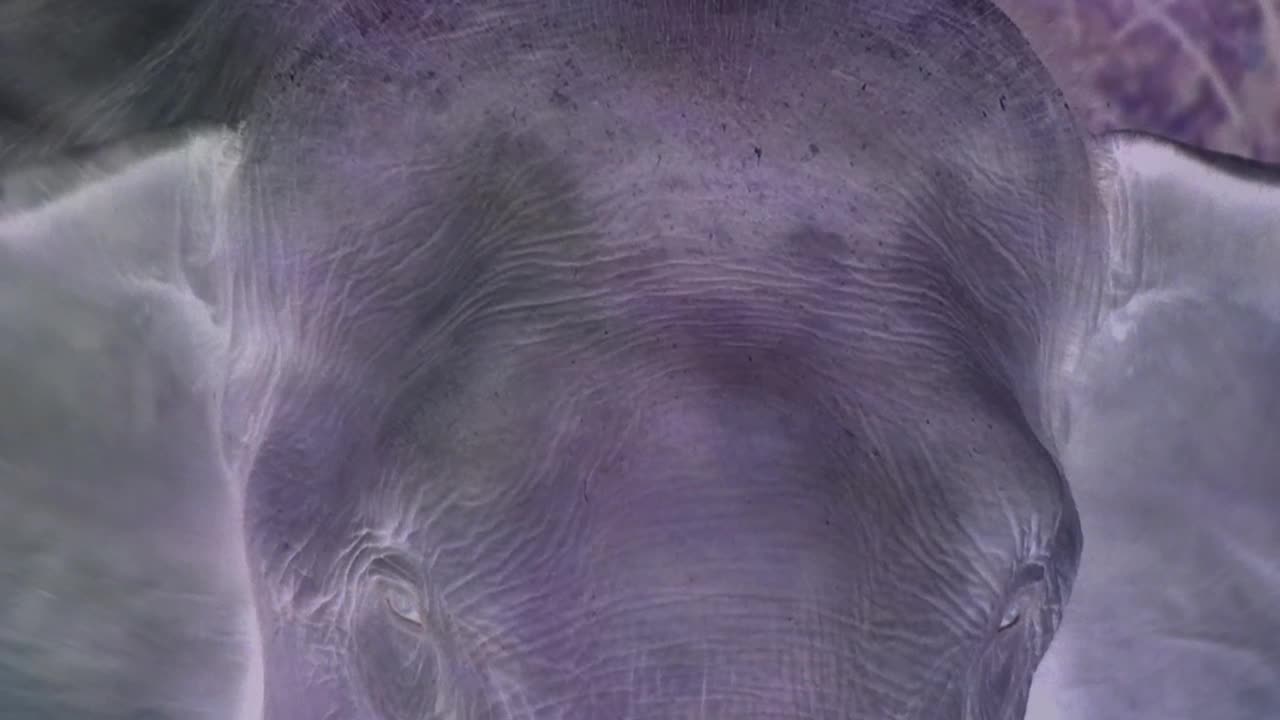
Grace (2012)
“This is one of a series of videos made during my research in wildlife sanctuaries, using hidden cameras specialized for zoology research. In projection, the videos are altered and slowed… I want to bring us into intimacy with these animals and to reveal our interconnection… I want to bring us into contact with the life-world. With a focus on the animals and their loss, I think about the loneliness of the last one of a species. What was their death? I wonder about their umwelt, the unique world in which each species lives. The bubble of sensation. This notion is powerfully articulated by the biologist Jacob von Uexküll, who has enabled rare insight into the worlds animals inhabit. An organism’s umwelt is the unique world in which each species live, the world as its body represents it, the world formed by the very form of the organism. It is a sensory world of space, time, objects and qualities that form perceptual signs for living creatures. I think it’s important to find this link in order to find compassion and care for developing a real relationship with other species we have to share the planet with. – Janet Laurence
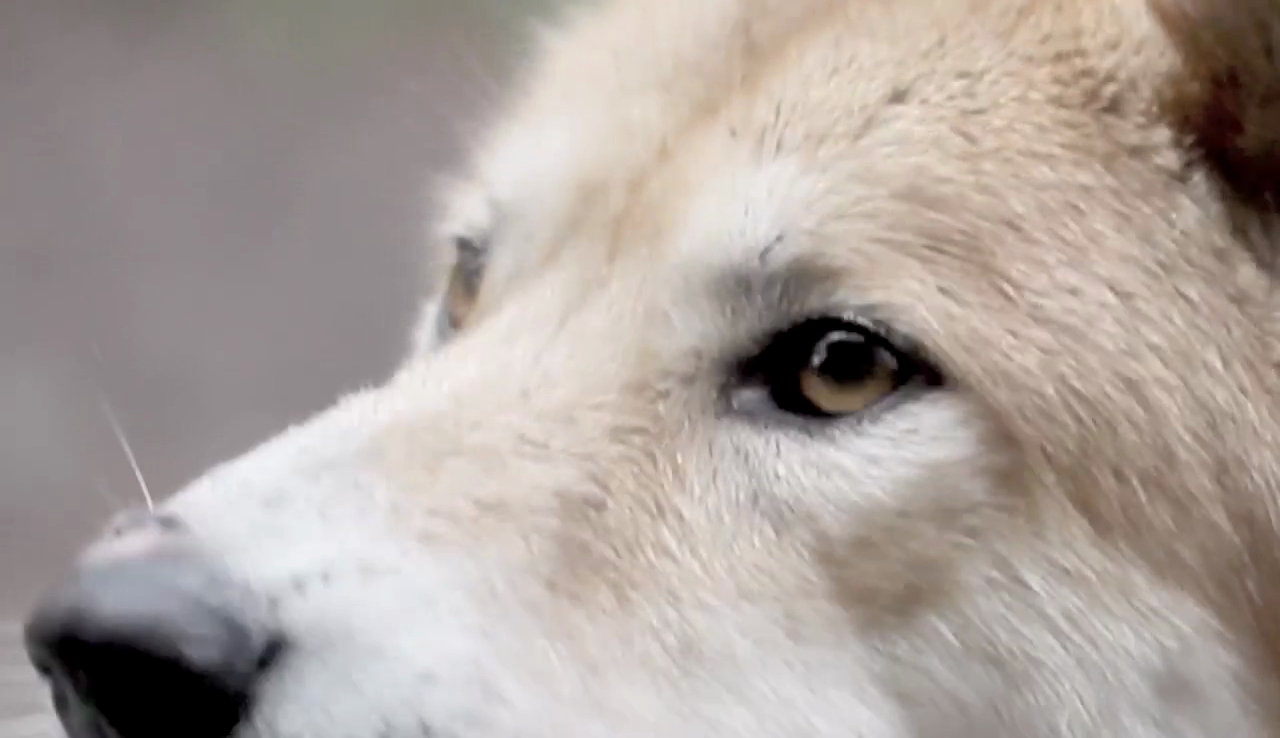
Dingo (2013)
“This ecological crisis demands we shift our focus from a human-centred perspective to a broader multispecies, environmental approach, for how else are we to live ethically and find our place in this world.” – Janet Laurence
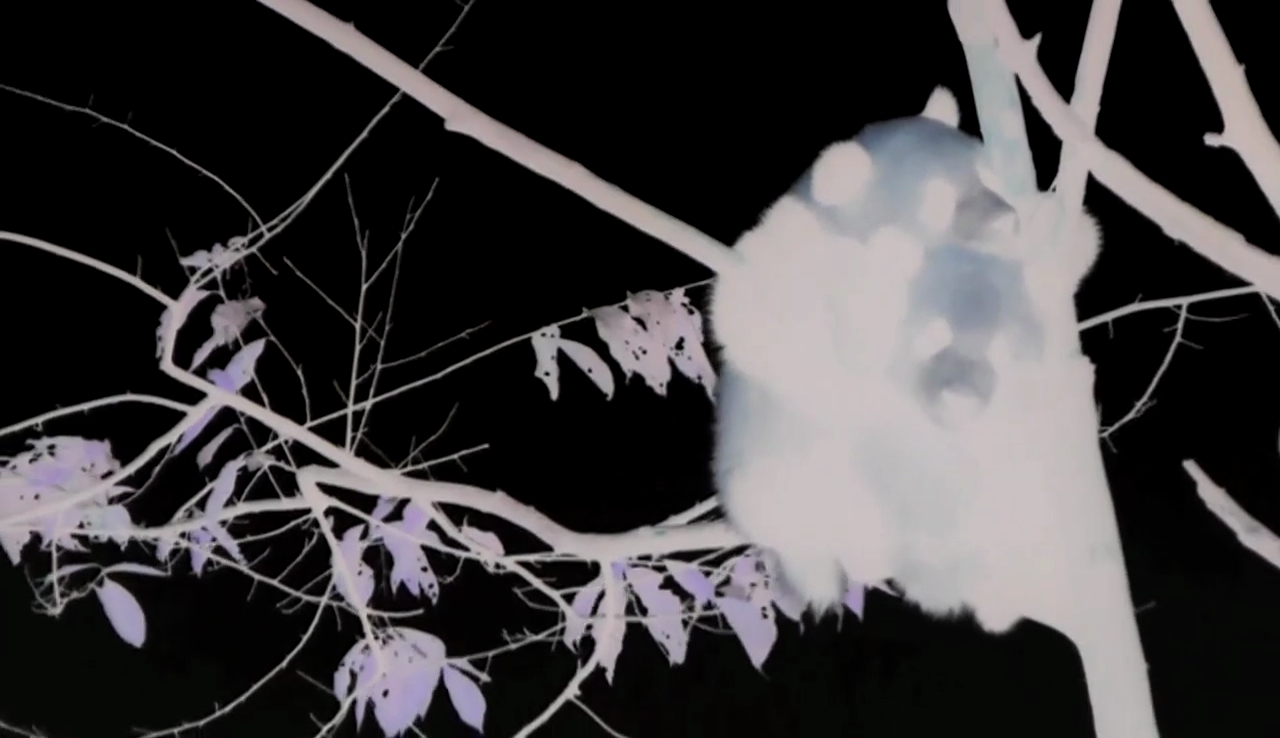
The Other Side Of Nature / Panda (2014)
“These are the days of violent extinctions, of global dimming and moving dust bowls, of habitat fragmentation, ice melt, and plundered lives. Animals are experiencing all this loss, and if we could better hear the waves of their agony, we would know this and be tormented. We would know that for the rest of our lives we will hear a growing chorus of increasingly diverse voices…” – Debbie Bird Rose
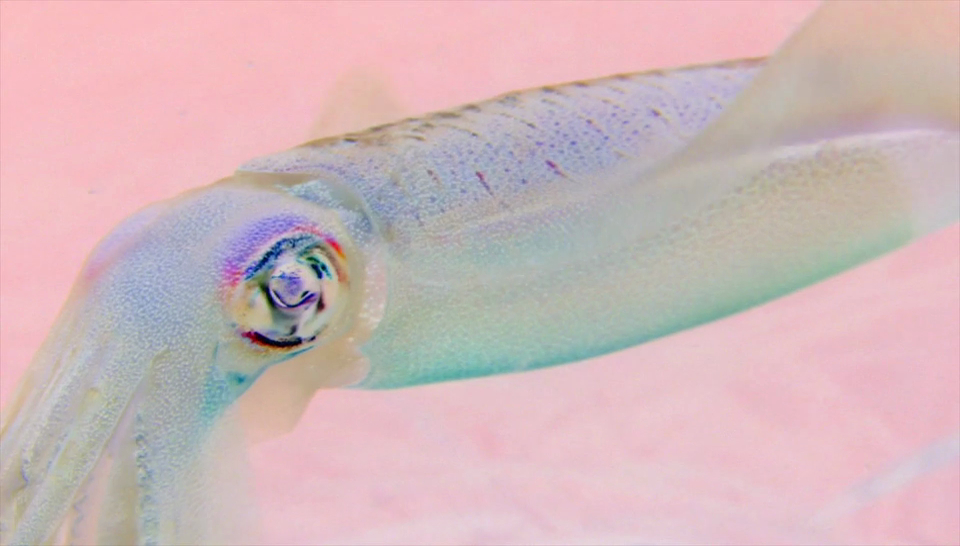
Deep Breathing: Resuscitation for the Reef (2015)
Using the example of the Great Barrier Reef – inscribed as World Heritage since 1981 – and its symbolic weight, Janet Laurence invites the spectator to imagine the possibility of healing the marine world from the consequences of global warming and human activity: a space recalling a resuscitation unit reveals the plight of the coral reef and proposes a plan of action. With permission from the Australian Museum which will subsequently exhibit the work, in July 2015 the artist visited Lizard Island station where vital research for the future of coral are ongoing. The installation of which this video is an integral part is presented at the entrance of Grande Galerie de l’Evolution at the National Museum of Natural History which has loaned specimens for its realization. An accompanying video is projected at the Tropical Aquarium of Palais de la Porte Dorée. This project is part of the UN backed initiative for COP21.
KATE McMILLAN
Kate McMillan has exhibited throughout Australia and overseas since 1997. In 2013 she relocated to London from Australia, where she has spent much of her life, to undertake a number of projects, which include the filming of four ambitious new works funded in part by one of two Creative Development Fellowships awarded annually across all artforms by the Department for Culture and the Arts, Western Australia. The work will be presented by Performance Space, Australia in Sydney, Tasmania and the United Kingdom in 2014 and will include a major monograph on McMillan’s practice. >McMillan is a Phd candidate at Curtin University under the supervision of Dr Anna Haebich (author of Broken Circles: Fragmenting Indigenous Families 1800-2000). She has been funded by an Australian Postgraduate Award to complete her Phd which examines the forgetting of the history of Wadjemup/Rottnest Island. She currently holds an Academic Post with Open University, Australia. Previous solo exhibitions include Lost at the John Curtin Gallery in 2008, Broken Ground in 2006 at Margaret Moore Contemporary Art and Disaster Narratives at the Perth Institute of Contemporary Arts for the 2004 Perth International Arts Festival. She has been included in various group exhibitions over the last few years including at the Art Gallery of Western Australia, Gertrude Street Contemporary Art in Melbourne, Govett Brewster Art Gallery in New Zealand and the Australian Centre for Photography in Sydney.
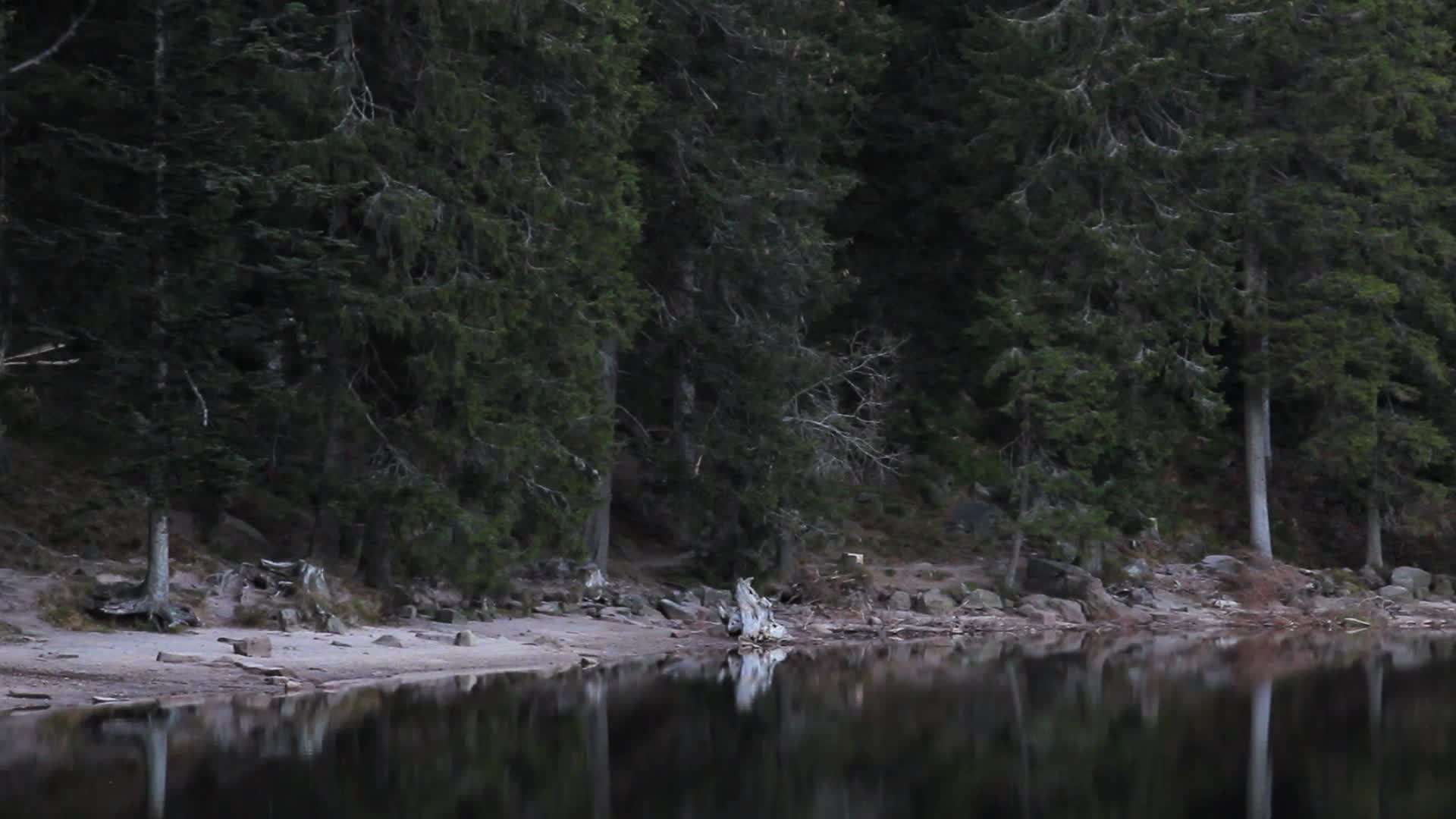
Paradise Falls I (2011/12)
Paradise Falls I is the philosophical culmination of the time McMillan spent in Switzerland in 2011 as well as her ongoing PhD project into the forgetting of the history of Wadjemup/Rottnest Island, Western Australia. This significant body of work highlights a shift in her practice, evidenced by a dark and moody palette and the combination of figurative and abstract works that set up an interplay between landscape, memory, forgetting and history. Working across a diverse range of mediums including painting, collage, photography, film and sculpture, this exhibition examines the complex and sustaining residue of these overarching themes. The works cover a range of specific landscapes including Wadjemup/Rottnest Island, the Black Forest in Germany and the winter landscapes of Switzerland. With a focus on island sites and places that exist in isolation, the works attempt to draw parallels between physical landscapes and the psychological landscapes of the artist’s own memories, broader cultural histories and stories.
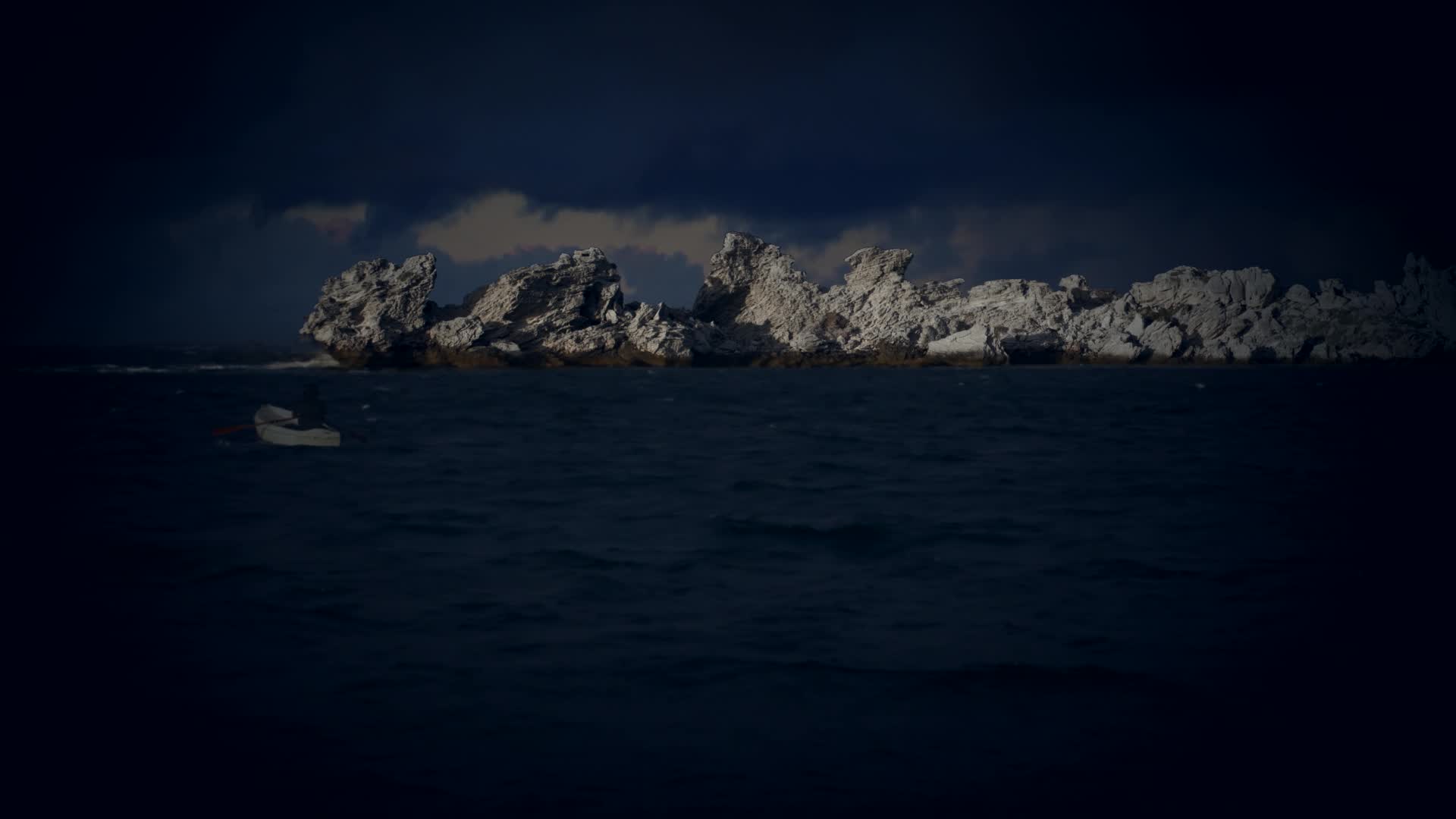
Paradise Falls II (2011/12)
Paradise Falls II follows a man as he rows towards the silhouette of a craggy island off the coast of Wadjemup/Rottnest. He too appears and disappears from sight, finally lost to the inky black of the ocean. These characters are stand-ins for fractured and partial histories that disappear from focus, yet continue in our collective psyche as dark and haunting traumas. The films are like moving paintings, heavily referencing the romantic tradition of Germanic landscape painting. Unsurprisingly then the work of artists such as Arnold Bocklin (1827-1901) and Casper David Friedrich (1774-1840) become distant cousins to McMillan’s oeuvre. The artist acknowledges and even embraces these quotations but she also holds them in a critical eye as part of an enlightenment ideology that has helped us to forget. Through engaging with the viewing process we participate in a re-remembering, acknowledging the shady edges of things, but also baring witness to the beauty of sadness that is contrary to the horrors of forgetting history.


 Back to Homepage
Back to Homepage

